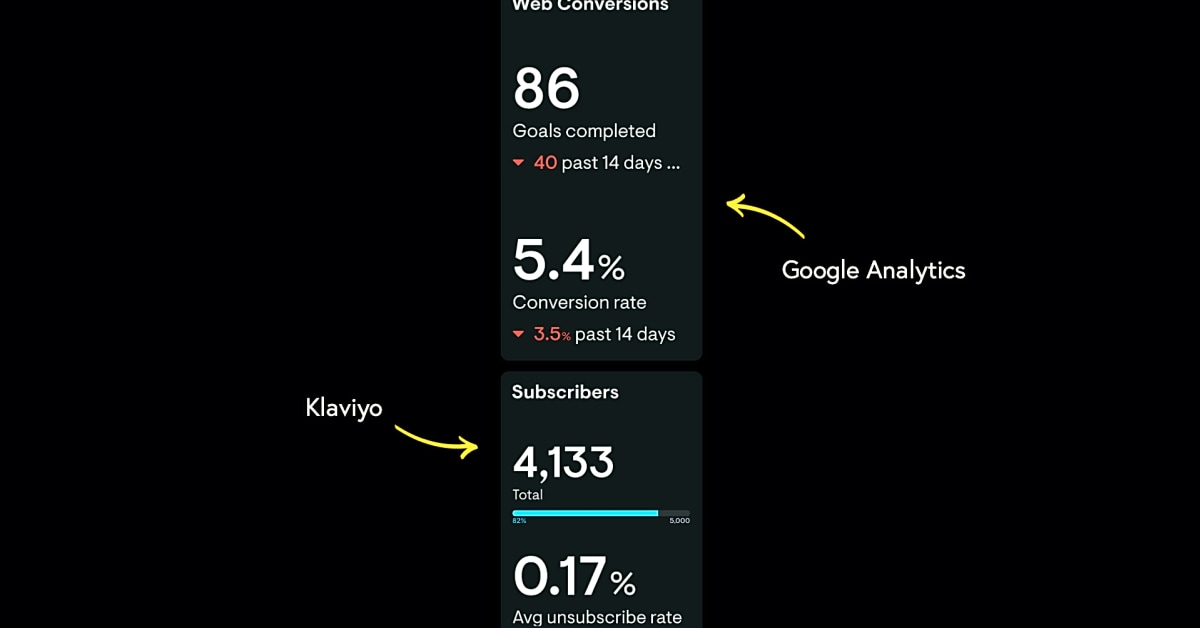Building an effective email list and implementing segmentation strategies can greatly benefit your business. In today’s digital world, email marketing is still one of the most powerful and cost-effective ways to reach your audience. However, simply sending out emails to a large list of subscribers is not enough. To truly make the most out of your email marketing efforts, you need to have a well-segmented and targeted email list. In this article, we will explore the importance of building an email list and how segmentation strategies can help you achieve better results. Whether you are a beginner or an experienced marketer, this article will provide valuable insights on how to improve your email marketing game. So, let’s dive in and learn how to effectively build and segment your email list for maximum impact.
To begin, let’s define what an email list is. An email list is a collection of email addresses that businesses use to send targeted marketing messages to their customers or potential customers. Building a quality email list is essential for any business, big or small, as it allows you to directly communicate with your audience and potentially convert them into customers. This is where email list segmentation strategies come into play.
Segmentation is the process of dividing your email list into smaller groups based on specific criteria. This allows you to tailor your messages and offers to different segments of your audience, making them more relevant and personalized. By doing so, you can increase engagement and conversion rates, as well as improve overall customer satisfaction.
Now, let’s take a look at some effective ways to build an email list:
- Lead magnets: These are incentives that you offer in exchange for someone’s email address. This can be in the form of a free e-book, webinar, or access to exclusive content.
- Opt-in forms: Placing opt-in forms on your website is a great way to capture email addresses from visitors who are interested in your content or products.
- Social media: Utilizing social media platforms like Facebook and Twitter can also help you grow your email list. You can run ads or promotions that require users to provide their email address to participate.
Once you have built your email list, it’s important to segment it based on relevant criteria such as demographics, behavior, and preferences. This will allow you to send targeted and personalized messages that are more likely to resonate with each segment.
Some segmentation strategies that you can implement include:
- Purchase history: Segmenting your list based on the products or services that customers have purchased can help you send targeted offers and promotions.
- Engagement level: Segmenting your list based on how engaged subscribers are with your emails can help you tailor your messaging to keep them interested and active.
- Preferences: Segmenting your list based on interests and preferences can help you send more relevant content and offers that are likely to resonate with each segment.
In conclusion, building an effective email list and implementing segmentation strategies is crucial for any business looking to succeed in today’s competitive market. By using lead magnets, opt-in forms, and social media, you can grow your list and by segmenting it based on relevant criteria, you can improve engagement and conversion rates. Remember to regularly review and update your segments to ensure that your messages remain relevant and effective.
1. Demographic Segmentation
This involves dividing your email list based on characteristics such as age, gender, location, income, etc. This information can help you create targeted emails that resonate with specific groups of people.
Benefits of Segmentation
Segmentation allows you to send targeted and personalized messages to your subscribers, which can lead to higher open and click-through rates, increased conversions, and improved customer loyalty.
3. Personalization
Personalization goes hand in hand with segmentation. By using the data you have collected, you can personalize your email content to make it more relevant and engaging for your subscribers.
2. Behavioral Segmentation
This involves segmenting your email list based on how subscribers interact with your emails or website. For example, you can create segments for those who open your emails regularly, those who click on links, or those who have abandoned their shopping carts.
Segmentation Strategies
Segmentation is key in creating a successful email marketing campaign. By dividing your email list into smaller, targeted groups based on shared characteristics, you can tailor your messaging and offers to better resonate with each segment. This not only improves the effectiveness of your emails, but also shows your audience that you understand their unique needs and interests.
Here are some strategies to help you segment your email list:
- Demographic Segmentation: This involves dividing your audience based on characteristics such as age, gender, location, income, etc. This can help you create targeted content that resonates with specific demographics.
- Behavioral Segmentation: This involves segmenting based on how users interact with your emails and website. By tracking behaviors such as opens, clicks, and purchases, you can send tailored messages based on their actions.
- Interest-based Segmentation: This involves segmenting based on the interests and preferences of your subscribers. You can gather this information through surveys, website tracking, or by asking for preferences during the sign-up process.
Building an email list and implementing segmentation strategies is crucial for operational leaders to improve their marketing efforts and business performance. By understanding your audience and sending them targeted and personalized messages, you can effectively engage with them and drive results. So start building your email list today and see the impact it can have on your business.







